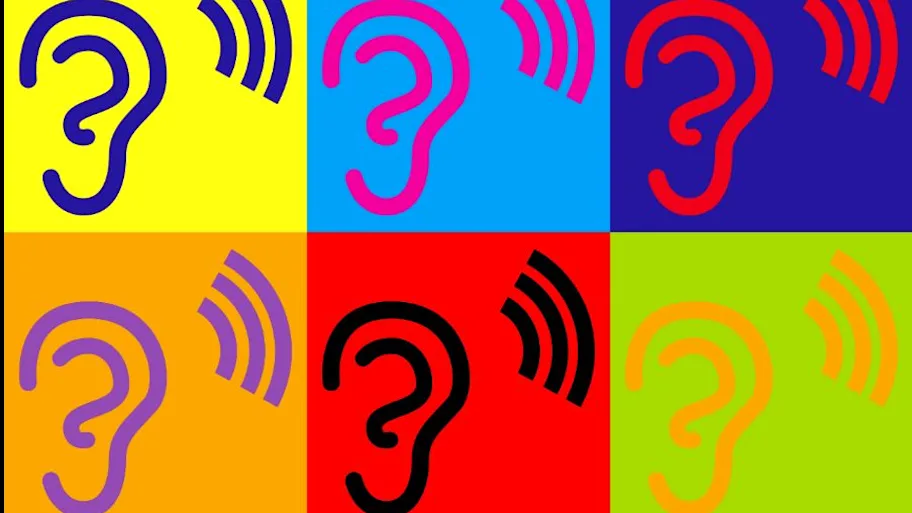
- Science News
- Featured news
- The app teaching anorexics to eat again
The app teaching anorexics to eat again

The Mandometer app connects to a weighing scale under the plate, and guides patients’ eating behavior by providing visual feedback. Redistributed under CC BY-NC-ND 3.0 from J Vis Exp. 2018; (135): 57432.
More patients go into long-term remission by re-learning how to eat, than through CBT or drugs
Swedish scientists say that eating disorders should be considered just that – eating disorders, rather than mental disorders. The proof, they say, is in the eating.
“Anorexic patients can learn to eat normally by adjusting food intake to feedback from a smartphone app,” says Professor Per Södersten, lead author of an article in Frontiers in Neuroscience defending his pioneering method. “And in contrast to failing standard treatments, most regain a normal body weight, their health improves, and few relapse.”
The approach is based on the theory that slow eating and excessive physical exertion, both hallmarks of anorexia, are evolutionarily conserved responses to short food supply that can be triggered by dieting – and reversed by practicing normal eating.
Eating Behavior and the Evolutionary Perspective on Anorexia Nervosa► Read original article► Download original article (pdf)
Which came first: the diet or the anorexia?
Attempts to treat anorexia as a mental illness have largely failed, claim the authors.
“The standard treatment worldwide, cognitive behavioral therapy (CBT), targets cognitive processes thought to maintain the disorder. The rate of remission from eating disorders is at most 25% one year after CBT, with unknown outcomes in the long-term. Psychoactive drugs have proven even less effective.”
According to Södersten, we need to flip the perspective: to target eating behaviors that maintain dysfunctional cognitive processes.
“This new perspective is not so new: nearly 40 years ago, it was realized that the conspicuous high physical activity of anorexia is a normal, evolutionarily conserved response – i.e., foraging for food when it is in short supply – that can be triggered dietary restriction.
“In striking similarity to human anorexics, rats and mice given food only once a day begin to increase their running activity and decrease their food intake further to the point at which they lose a great deal of body weight and can eventually die.”
More recently, the theory has been elaborated and validated by studies of brain function.
“We find that chemical signaling in the starved brain supports the search for food, rather than eating itself,” reports Södersten.
Related: Can stress in the womb lead to mental resilience later in life?
How to eat
To prove that the evolutionary perspective works in practice, Södersten and his team have put their money where their (patient’s) mouth is. Their private clinics – which reinvest 100% of profits into research and development – are now the largest provider of eating disorders services in Sweden.
“We first proposed teaching anorexics to eat back in 1996. At the time, it was thought that this was misplaced and even dangerous; today, no-one can treat patients with eating disorders in the Region of Stockholm without a program for restoring their eating behavior.”
At the Mandometer clinics, the control of eating behavior is outsourced to a machine that provides feedback on how quickly to eat.
“Subjects eat food from a plate that sits on a scale connected to their smartphone. The scale records the weight loss of the plate during the meal, and via an app creates a curve of food intake, meal duration and rate of eating,” explains Södersten. “At regular intervals, a rating scale appears on the screen and the subject is asked to rate their feeling of fullness.”
“A reference curve for eating rate and a reference curve for the feeling of fullness are also displayed on the screen of the smartphone. The subject can thus adapt their own curves in real time to the reference curves, which are based on eating behavior recorded in healthy controls.”
Through this feedback, patients learn to visualize what normal portions of food look like and how to eat at a normal rate.
Satisfying results
The method has now been used to treat over 1500 patients to remission by practicing eating.
“The rate of remission is 75% in on average one year of treatment, the rate of relapse is 10% over five years of follow-up and no patient has died.”
This appears to be a vast improvement compared to the current best standard treatment of CBT. All the more so, considering that overall Södersten’s patients started off sicker than average.
“The difference in outcome is so big that, according to our medical statistician, a randomized control trial [RCT] is now redundant. Nevertheless, we invite a head-to-head RCT by independent researchers – so far, there are no takers.”
Original article: Eating Behavior and the Evolutionary Perspective on Anorexia Nervosa
REPUBLISHING GUIDELINES: Open access and sharing research is part of Frontiers’ mission. Unless otherwise noted, you can republish articles posted in the Frontiers news blog — as long as you include a link back to the original research. Selling the articles is not allowed.






